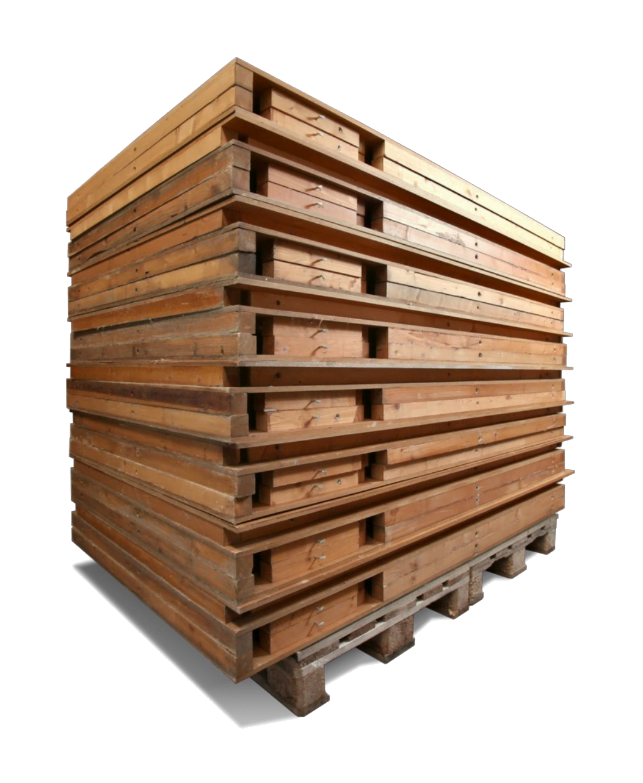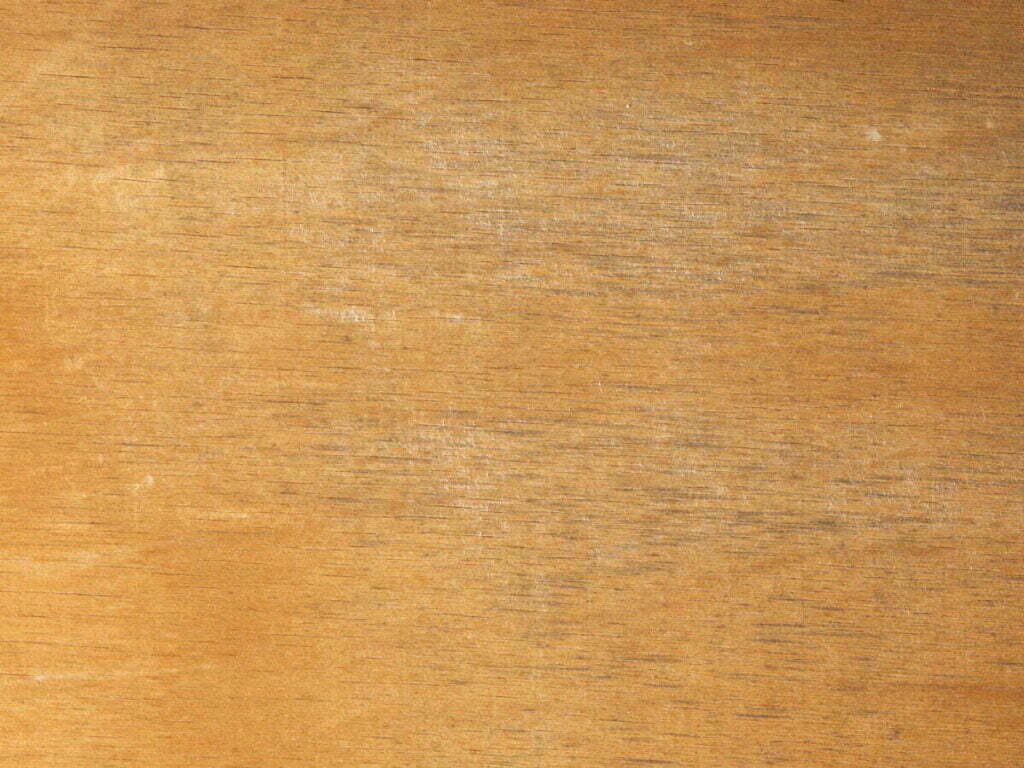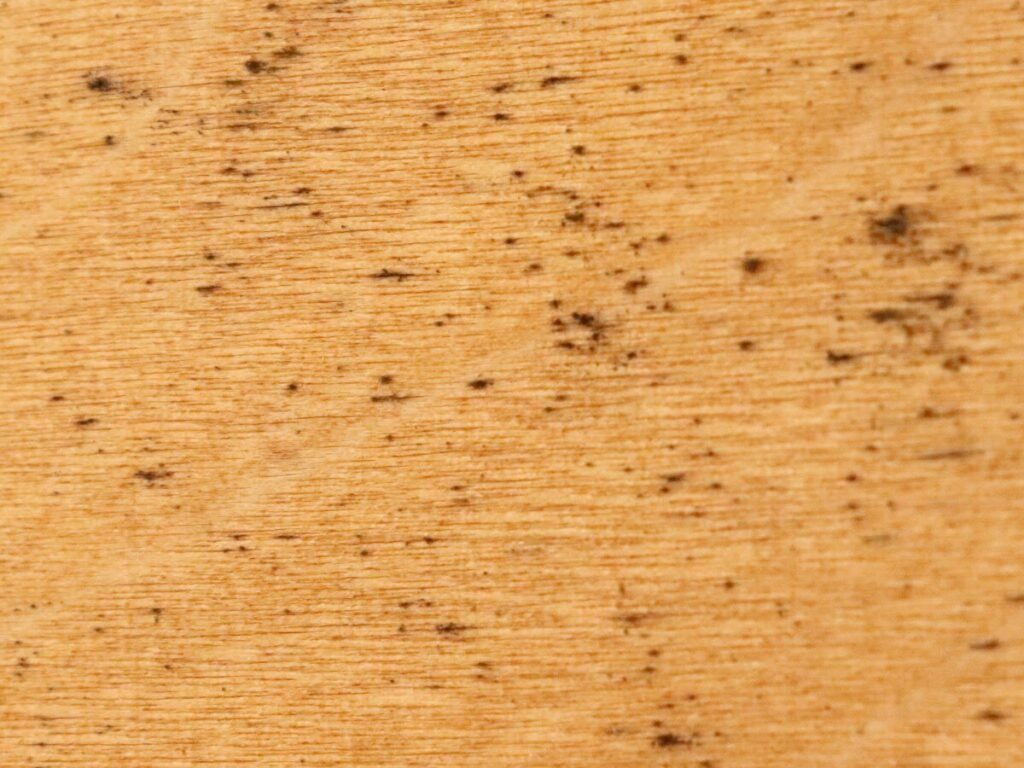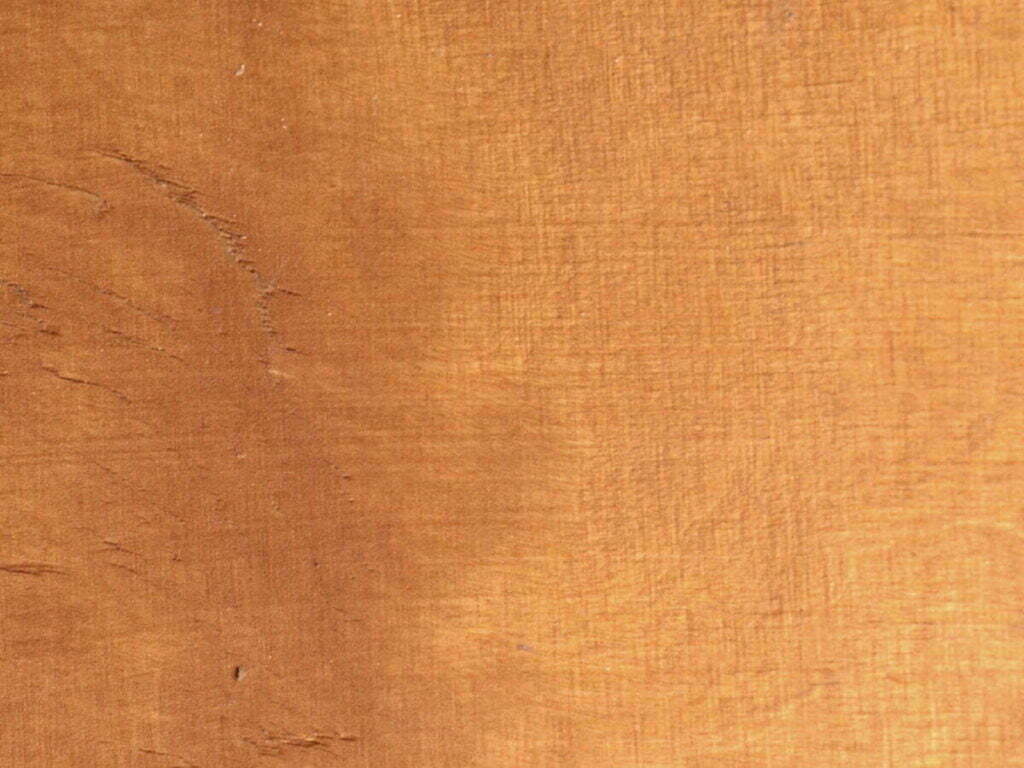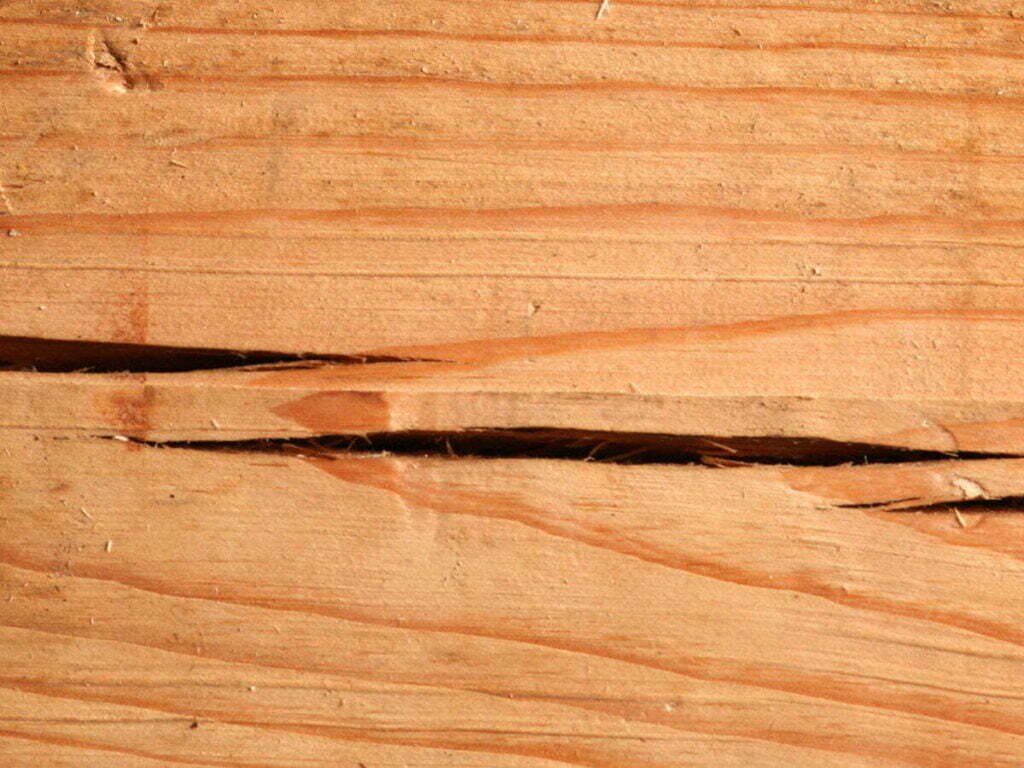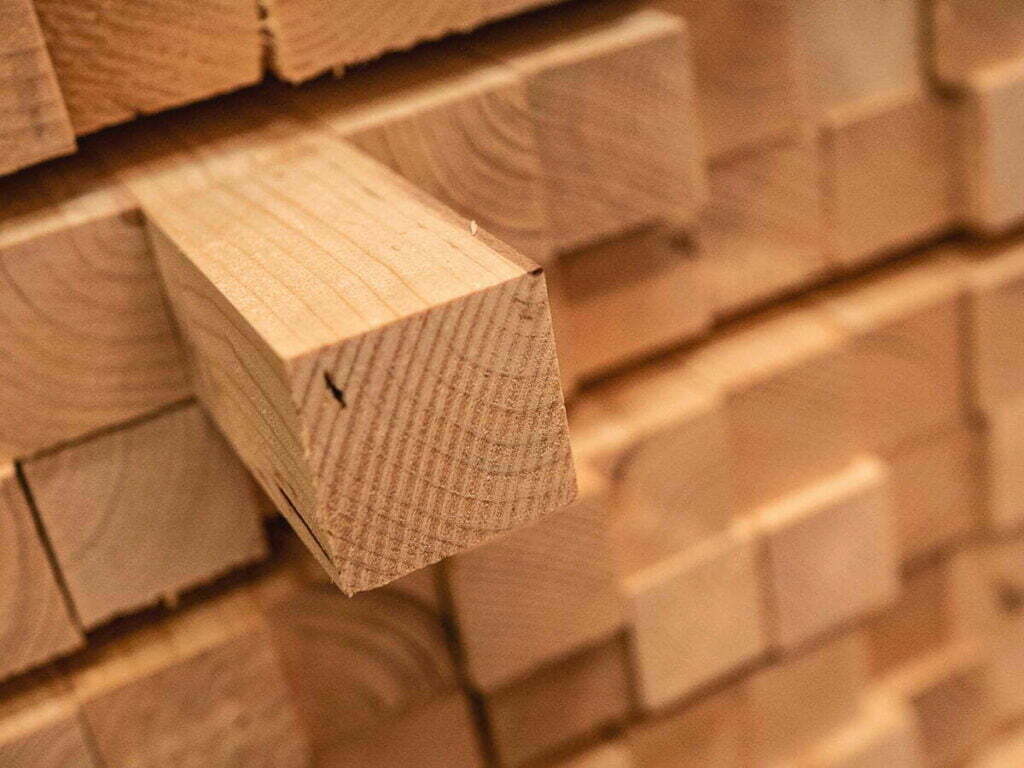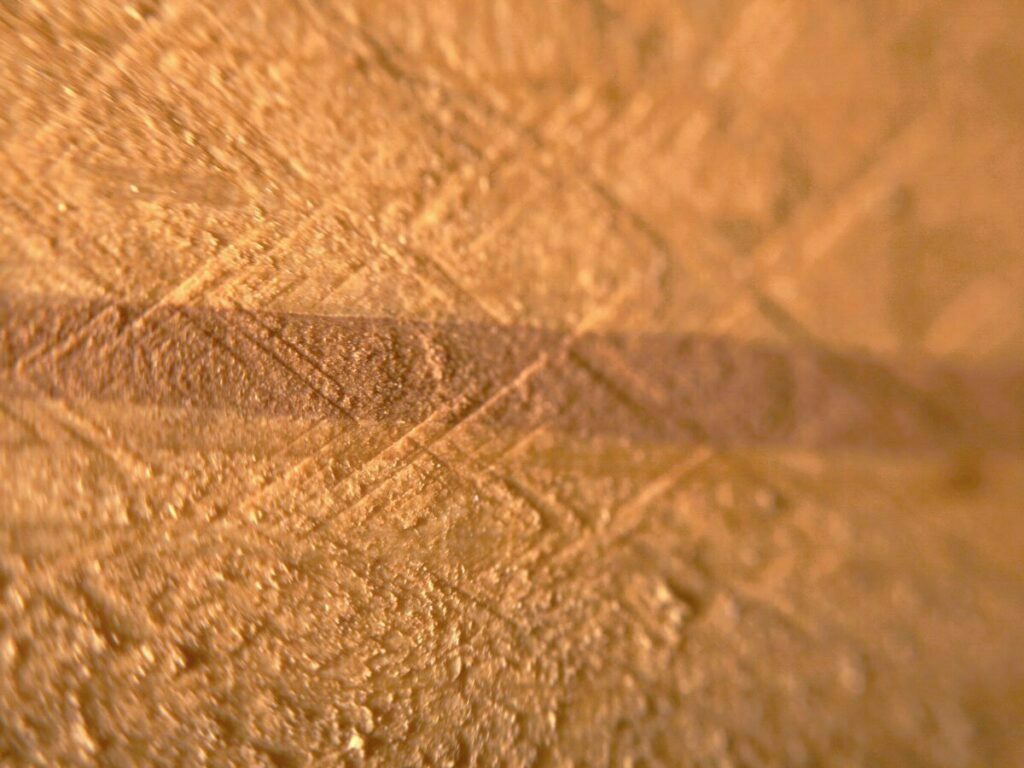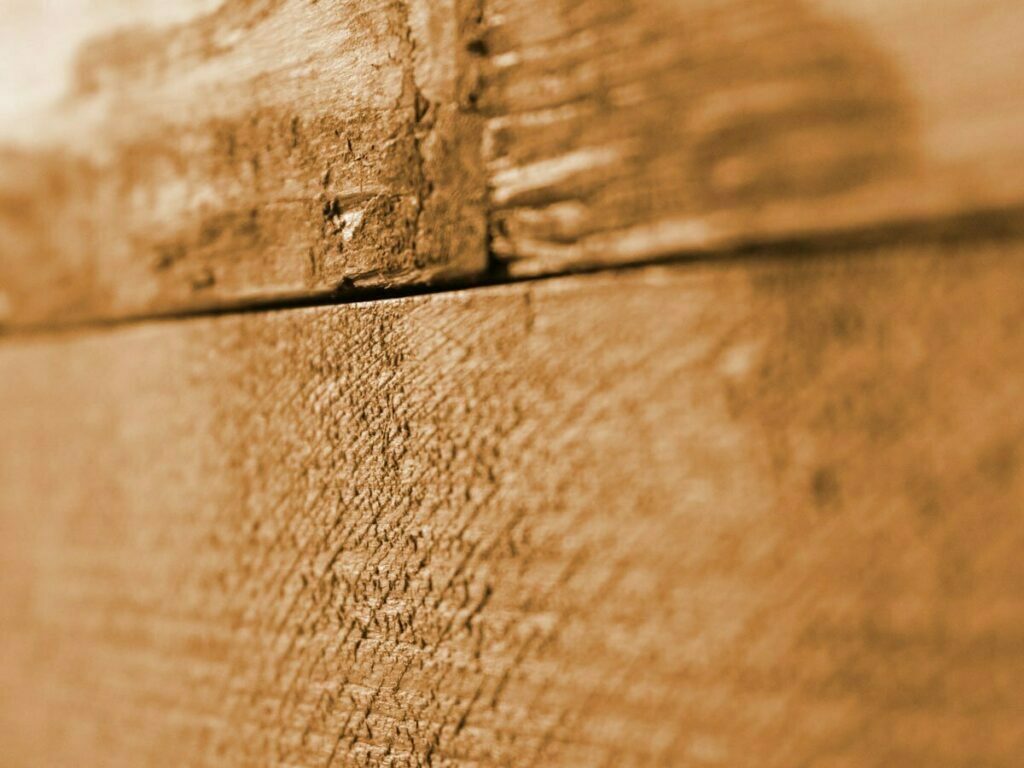Wood is a natural productt
Wood is a natural material that has many other positive properties in addition to its sustainability. In addition to its very own character, wood offers a particularly appealing and pleasant appearance, which can develop differently under the most diverse influences.
can develop differently.
The characteristics of the wood fibers and the structural changes that occur over time are due to the physical properties of wood. Durability and coloration are directly related to treatment and aftercare.
Defects due to growth and changes in the wood, such as possible color changes as well as cracks, material shrinkage, knotholes, etc., are natural and do not constitute grounds for complaint or liability. Changes and variations in shape, color and structure have no influence on stability and load-bearing capacity.
This page is intended to give a rough overview of these changes and provide some tips to ensure optimum aftercare and guarantee long-lasting enjoyment of our products.
Graying
Graying occurs due to UV light in strong sunlight, which breaks down lignin and washes it out when it rains. What remains are cellulose fibers which appear silvery to grey. If this natural change in the wood is a visual impairment, it can be removed by breaking down the remaining cellulose using wood fresheners or sanding.
Subsequent treatment of the wood with a suitable stain is essential. In order to
weathering in advance, it is recommended to refresh the coating[1] every two years.
Mold stains
Mold stains can form under the wood stain and sealant we use, despite careful treatment. Particularly in the summer months, mold can develop quickly in inadequately ventilated and damp areas.
These generally only attack the upper layers of the wood, but do not affect the stability of the wood. Mold stains can be easily removed with a damp sponge and a root brush. Mold stains that are already dark in color can be removed by sanding.
We then recommend treating the affected area with wood stain[1].
Color variations
Color variations in the wood result from the grain, shaping and respective processing. The glaze[1] we use can often not be absorbed evenly due to varying density in the wood structure, which results in different color intensity. However, weather-related influences and repainting[1] can result in the coloring becoming uniform.
Dry cracks
Dry cracks form due to the drying process of the moist wood, which loses volume during this process and thus leads to material shrinkage.
Apart from a possible visual impairment, however, these cracks have no disadvantages in terms of stability and load-bearing capacity and can almost completely close again depending on the weather conditions.
Change in volume
Volume changes are the result of moisture absorption and drying processes. The dimensional stability of the various components can vary due to shrinkage or expansion if the wood moisture content varies.
This effect can be reduced or even prevented by sealing[1] the individual components.
Resin leaks
Resin exudation on the surface of the wood is unavoidable and
completely normal.
This can occur with freshly processed wood as well as after a longer period of time with wood that has already been processed.
This is by no means a defect, but a typical characteristic of wood. The exuding resin can be easily removed with a gentle solvent.
Note [1]
For regular after-treatment – of privately owned öKlo products and for sealing treated surfaces – in the original öKlo color.
surfaces – in the original öKlo color, we recommend the AURO wood stain No. 160 used by us.
opaque paint coats can also be used instead. In both cases, however, it must be ensured that the surface to be painted is
surface to be painted is thoroughly sanded. For subsequent glazing or painting, the surface must be dry and free of dust and grease.
free of dust and grease.
Wood has great properties & is “virus-proof”
Source: Holzkurier
Novel coronaviruses applied to wood and cotton surfaces with buffer fluid can multiply for twelve hours, while they can multiply for 24 hours when applied to a sterile fecal matrix. On other surfaces (plastic, stainless steel, glass, masonry), they remain demonstrably reproducible for up to 96 hours.
Based on a publication by the University of Greifswald on other coronaviruses (SARS, MERS), these can remain infectious on surfaces for up to nine days – on average they remain infectious for around four to five days, with high humidity and low temperatures prolonging the coronaviruses’ infectiousness.
In summary, it can be stated that wooden surfaces are comparatively “virus-proof”.
We are also certain that corona viruses would be safe to use.
Source: AGES
With the mineralization of the organic substance by microorganisms, the temperatures rise to approx. 60-70°C (thermophilic phase). The heating of the compost during decomposition largely leads to hygienization and the death of pathologically problematic germs of pathogens (bacteria, viruses and worm eggs). The temperature is measured daily at this stage of the rotting process.
